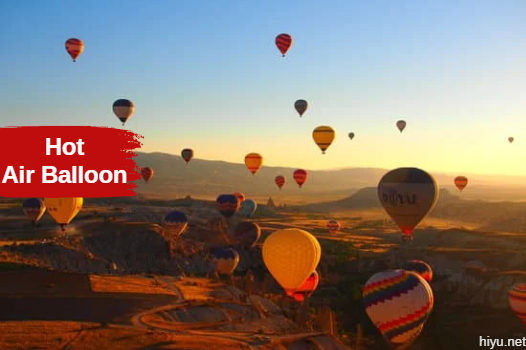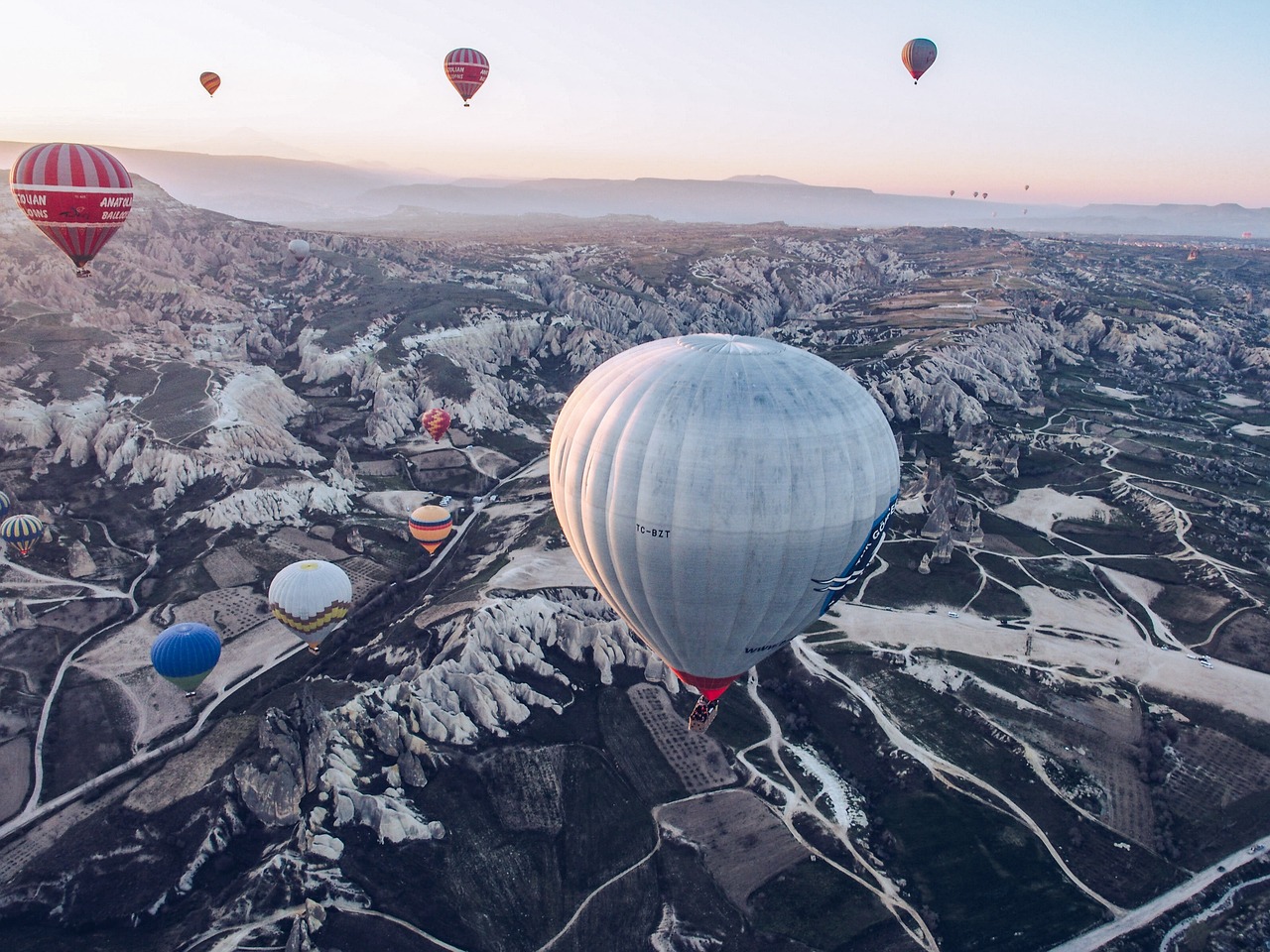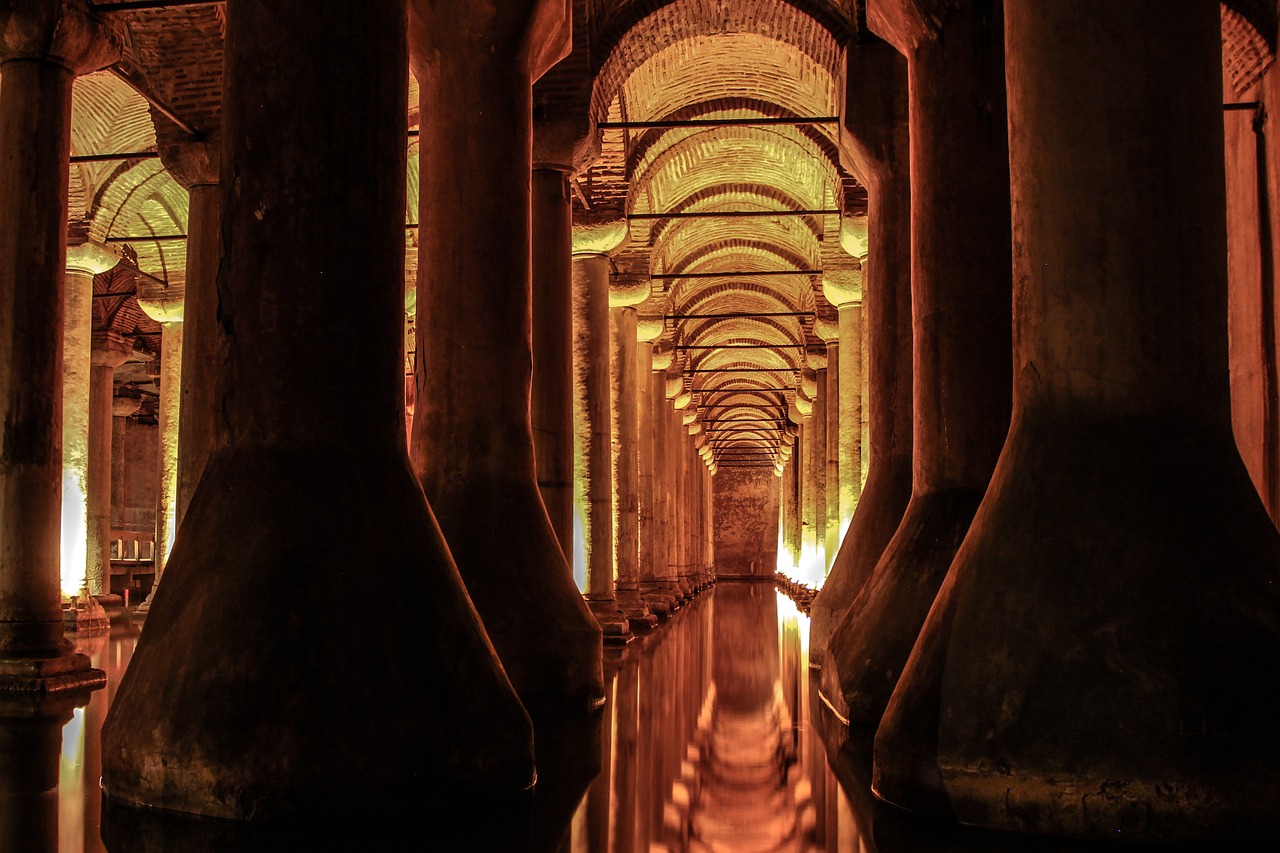Have you heard of Cappadocia fairy chimneys? Fairy chimneys are cone-shaped formations formed by the erosion of the rain, wind, and floodwaters. There’re rock blocks on the tops of these formations, which are fairy chimneys and towers.
Erciyes, Melendiz, Hasandagi, and Gulludag in the Cappadocia region were active as erupting volcanoes in geological times. The eruptions of volcanoes started 15 million years ago and have continued until today. The lava from the volcanoes under the Neogene lakes formed a 150-meter-thick tuff layer of different hardness on the lakes and streams on the plateau. The plateau, which was shaped naturally by the eruption of the primary rocks, has changed over time with the explosions of less intense volcanoes.

The formations called Cappadocia fairy chimneys emerged when the floodwaters flowed from the valley slopes and the wind-eroded the stones made of tuffs. The floodwaters caused themselves on the steep slopes caused the hard rocks to crack and break.
Deeply carved in the lower parts of the material that wears out more efficiently; thus conical-shaped bodies that are protected from abrasion by the cap on the upper parts have emerged. The Cappadocia fairy chimneys with hats, primarily located in the Urgup region, have a conical body and a rock block on their tops. The body consists of a rock composed of tuff and volcanic ash, and the cap part consists of hard stones. In other words, the hat is a type of rock that is more durable than the body.
Other types of Cappadocia fairy chimneys are cone-shaped, mushroom-shaped, columnar, and pointed fairy chimneys due to erosion in Cappadocia. Fairy chimneys are primarily located in the valleys between the triangle of Urgup, Uchisar, and Avanos. In addition, Selime fairy chimneys in the Guzelyurt region are a type of fairy chimney called pointed. Fairy chimneys continue to form in this region.
Apart from the Cappadocia fairy chimneys, the interesting folds formed by the rainwater on the valley slopes add a different beauty to the region. The color difference seen on some slopes is due to the temperature difference of the foal layers. These formations are seen in Uchisar, Cavusin-Gulludere, Goreme, Ortahisar.
Where are the Cappadocia Fairy Chimneys?
Cappadocia has perhaps thousands of fairy chimneys spread around. But it is mainly observed in the valleys within the triangle formed by Avanos, Urgup, and Uchisar.
On the way to Avanos and Goreme, you can stop by the Pasabağ valley and walk among the mushroom-shaped fairy chimneys that were once the hermitage of monks.
Life in Fairy Chimneys
Human life in Cappadocia dates back to the Paleolithic period. People used these natural formations as a place of observation and shelter in ancient times; during the spread of Christianity, they built churches by carving them into places of worship.
Once inhabited by the Hittites, these lands later became one of the most important centers of Christianity. Houses and churches carved into the rocks have made the region a shelter for Christians fleeing the oppression of the Roman Empire.
Although the history of human life in the underground cities of Cappadocia dates back to before Christ, the tradition of living in houses carved into the rocks on the slopes isn’t very old in today’s sense.
At this point, the main factor is that the volcanic material is soft and easily shaped when carved but begins to harden and become durable as it comes into contact with oxygen, that is, air.








